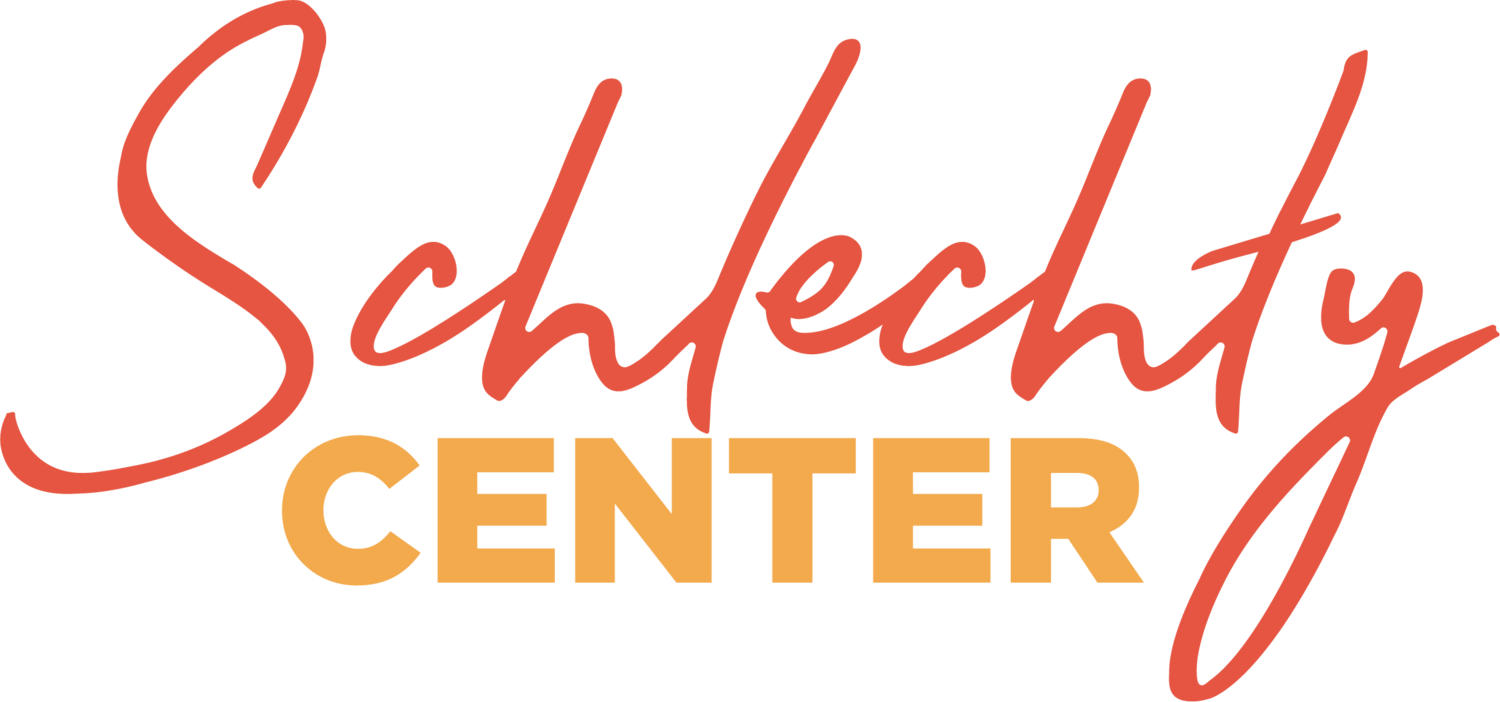Here at the Schlechty Center, we have analyzed the Every Student Succeeds Act. We are pleased with much the new legislation has to offer. We note there is a definite retreat from the overindulgence in high-stakes testing that we have lived under with No Child Left Behind and Race to the Top. We hope states will take advantage of this and implement reasonable accountability measures that are conducive to a positive learning environment for students and educators. A detailed analysis of the law is available here. An executive summary from NASSP is available here.
ESSA has a lot in it for districts to consider. It is important to remember that ESSA is only one part of what schools work with to bring a great learning experience to students. Districts can gain a lot by examining how all these parts relate to a cohesive transformation strategy. Our Strategic Change Agenda is a fully customizable tool that can walk your district through this process from beginning to end. It can be used to create an entire transformation strategy. It can be used to guide an ESSA school improvement plan.
Here are specific ESSA highlights that intersect with what we have to offer at the Schlechty Center:
Title I
Title I of ESSA requires that states develop a statewide accountability system to improve student academic achievement and school success. We particularly noted that student engagement, educator engagement, and school climate may be included in addition to achievement assessments, graduation rates, and English language proficiency.
Districts must develop a comprehensive support and improvement plan for the lowest performing five percent of all Title I schools and all high schools that fail to graduate less than one-third or more of their students. Districts will still create school improvement plans, and now engagement is specifically addressed. Our Strategic Change Agenda will guide you through the process.
Student engagement cannot happen unless teachers design engaging work. Our Designing Engaging Work workshop explores the heart and soul of providing engaging work for students. Teachers need a process to create engaging work, and this is it. Designing Engaging Work is offered on-site or in conference formats.
All the best-laid plans can go astray if the capacity to deliver is not addressed. The Schlechty Center’s Taking Stock examines a district's capacity to implement changes needed as a result of ESSA.
Walking to Learn gets right into the classroom and is an excellent tool to discover and explore what is going on with student learning so educators can make quality decisions on change. It can be used alone or with other premium offerings to address ESSA needs.
In Coaching for Design II, we train teachers and leaders to coach the process of designing engaging work. C4DII is an excellent tool to maintain a culture of designing engaging work in your district.
ESSA addresses staff engagement, and the Schlechty Center offers Creating a Strategy for Engaging Staff. Delivered on-site, this premium offering can be used to truly look at staff engagement in your district.
Title II
Title II of the Every Student Succeeds Act provides grants to districts and states to improve teacher, principal, and school leader effectiveness. We couldn’t be more excited.
In March 2015 we will unveil a new Principal’s Network. Offered at a very modest cost, this network will allow principals to connect and learn on a wealth of topics of concern to them. Best of all, the network will be digital and will not require any time away from the school building.
We offer off-site workshops for teachers, principals, and school leaders in our Summer Academies and Working on the Work Conferences.
Title IV
Up to 60 percent of Title IV funds could be used to support the effective use of technology with no more that 15 percent going to hardware. This means funds can and should be used for professional learning in technology areas.
The Schlechty Center offers Engaging the Net Generation and Engaging the NEXT Generation—the best technology integration workshops in America. We show your teachers how to use technology to engage students, not just replace existing work. Your teachers will not only learn about many digital tools, but they will also learn how these tools can be effectively used for profound learning. We offer these sessions on-site or in conference settings.
Implementing ESSA will require the collaboration of educators and school boards. Our online course School Boards for the 21st Century offers quality school board training in an online environment. Our School Board Conferences offer training in a workshop environment.
The pride and joy of the Schlechty Center is that we model what we teach. We have an amazing array of tools that we believe are second to none in delivering quality professional development. We will totally customize any offering to meet your needs. Looking for five to ten days of on-site professional development in technology? Call us. We can do it. Need on-site coaches for professional development or designing engaging work? Call us—we can do it. Need specialized help with your improvement plans? Call us. We can do it. We are just a phone call away: 502-895-1942.
We close where we started. Keep your eye on the big picture! Make ESSA a part of a cohesive transformation strategy.
The Engagement People




